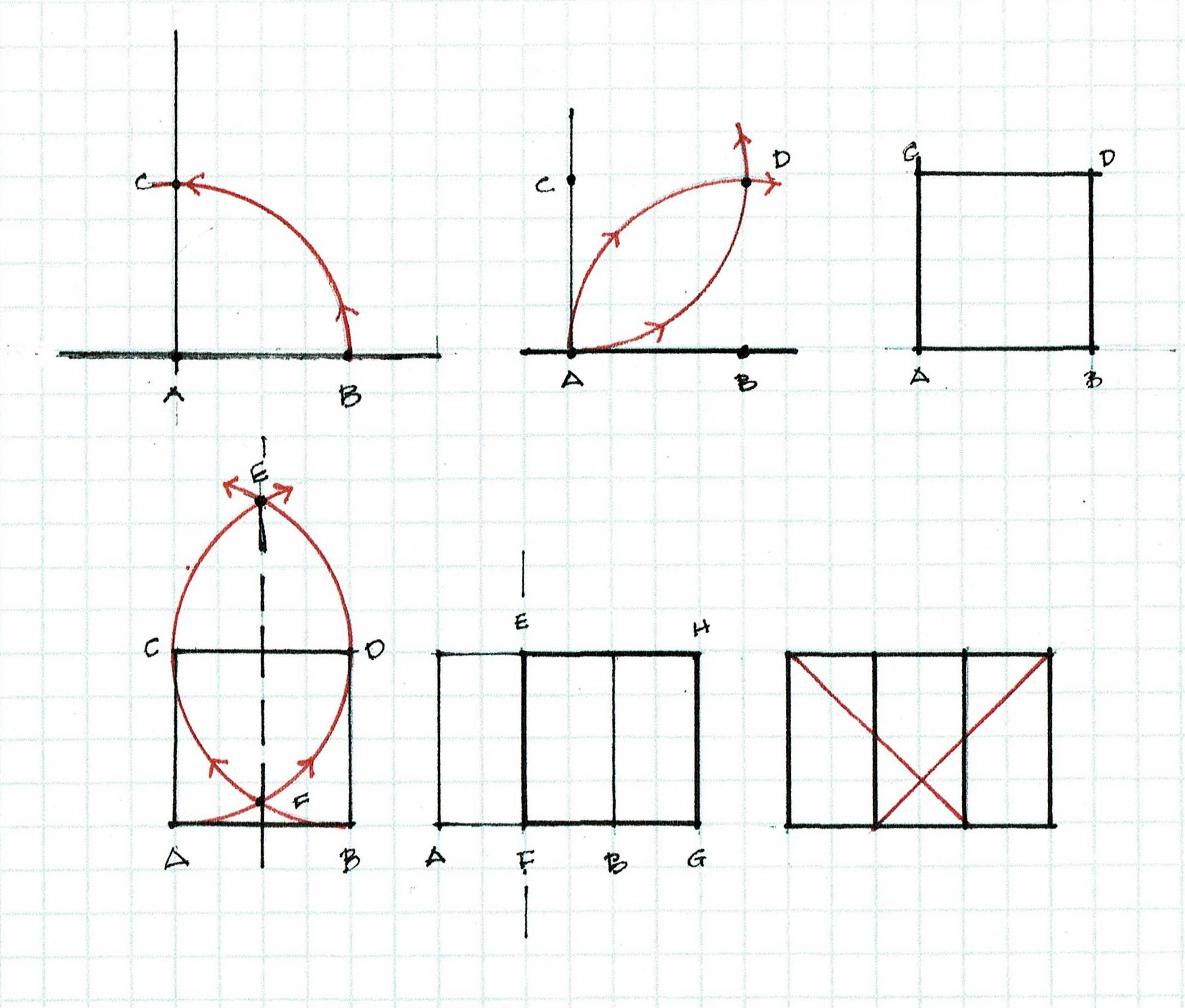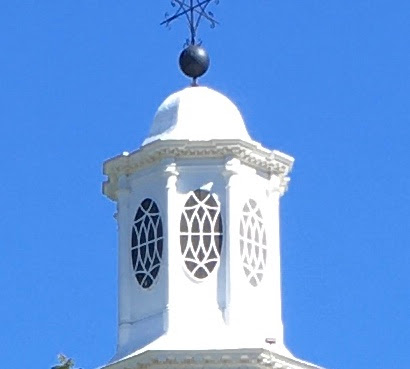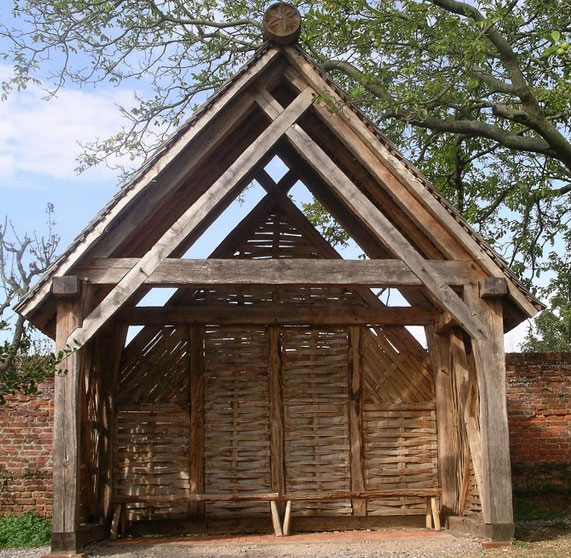Archive - 2021
Sunday, December 12, 2021
James Gibbs' Book of Architecture, Draughts for a Menagery , Part 1 of 2
Here is the portrait of James Gibbs, British 'architect', though that title was not used. In 1722, the Commissioners of the new St. Martin in the Fields Church appointed him to be 'Surveyor of the Work'.
Note that he is holding the tool identifying his profession, a compass. His fingers hold it as if he is about to use it. *
His portfolio, On Architecture, published in 1728, includes 150 plates: plans, elevations, sections and perspectives of buildings Gibbs had designed and built.
The Introduction - 25 pages long - describes each plate, but first Gibbs writes, "... such a work as this would be useful for... Gentlemen as might be concerned with building, especially in the remote parts of the Country, where little or no assistance for Designs can be procured." These "Draughts of useful and convenient buildings... may be executed by any Workman who understands Lines, either as here Designed, or by some Alternation..."**
I wondered if I, like those Workmen, understand his Lines.
Could I 'read' how Gibbs used Practical Geometry?
Could I see how his manipulation of geometry could be copied by others in layout and design? Yes, somewhat. I started with a very simple design, his proposal for a building to house pheasants and their caretaker, Plate LXXXIV. ,
But first: what he is best known for: St, Martin in the Fields, in Trafalgar Square, London. This is the front elevation. Gibbs included floor plans, sections, the other elevation as well as a perspective, 7 plates in all.
The book came here, to the Colonies. Plates 29 and 30 with images of steeples, especially, inspired our church builders.
I am learning to understand the Lines of these.
A Building for the Menagery
Plate LXXXIV
"Two Draughts of a Building for the Menagery at Hackwood. The Portico of the one is with Arches, and the other with Columns; having a room at each end, and two rooms behind for the person that looks after the Pheasants. That with the Columns is built."**
I looked at that building, the one with the columns.
Its plan is composed of squares, all the same size. The wall thickness makes them appear to be different.
The layout is simple: 6 squares. 4 in the front with 2 crossed at their half points. Center 2 behind the front ones. Center the windows and fireplaces. Add a door, a stair, a nice front stoop.
The proportions of the center Portico is 3/2: the depth 2, the width 3. Or, one square and half of the next one. The Lines of the crossed squares locate the columns. The columns divide the portico into thirds.
See below for a step by step explanation. #
This plan is practical: the fireplaces are located so that 4 flues can be joined into 2 chimneys. The stair is offset to allow a wall to be easily set beside the centered window - if the stair had been centered on the back wing the left wall of the stair would have had to jog to miss the window. Living quarters often had a Hall - here on the right - sightly larger than the Chamber - on the left.
The height of the walls in the Elevation is based on the width of the square used to layout the plan. The squares are crossed at the portico just as they are in the floor plan.
The pediment is laid out by dividing the upper line of the cornice A-B in half, dropping this length plumb in the middle C-D, placing your compass with one point at D, the other at B, and drawing an arc B to A. "
Sebastiano Serlio wrote in Complete Works on Architecture and Perspective, c.1555: "The highest point on the curved line will mark the required height of the cornice." This sketch, almost an after thought, is at the end of a discussion about Doric proportions in Book IV, On the Five Styles of Buildings.
Gibbs might be copying Sebastiano Serlio. Or perhaps this way of sizing a pediment was standard knowledge, part of what Gibbs means when he writes of a 'Workman who understand Lines'. This way of determining a cornice is used by Wm. Salmon in Palladio Londinenses, explained in Asher Benjamin's pattern books, and seen over doors in Georgian New England.
This Draught with Arches, is Gibbs' second design, the one which the owner chose not to build.
Hackwood Park is in Hampshire, UK, about an hour southwest of London. It appears to be private property and has been owned by several families since 1728.
For a picture of the menagerie in 2001 see:
https://historicengland.org.uk/images-books/photos/item/IOE01/07844/01
# For a refresher on how Lines can divide a square, try this: Upper row, left square divided into 2 halves: your goal.
Begin with a line and its perpendicular. Lay off your dimension: here, 4 squares, A-B. Swing your compass and mark C. With your compass point at B, swing an arc. Then with your compass point at C, swing another arc. The arcs will cross at D. Now you have a square, all side of equal length.
With your compass point at C and then D, swing arcs to cross at E and F. Now you have 2 points that allow you to divide your square into halves - the dashed line. Place one side of your second square (darker black outline: E-F-G-H).
Note that the compass width, its setting, is the same for the whole layout.
The last diagram, lower right corner: When I drew it I used 'geometric shorthand'. 2 crossed squares with diagonals to show how they related to each other.
This shorthand is very much like the notations we find when we uncover geometry on old frames and sheathing. They knew what they said. We've forgotten the language.
Note: I have found out that, of course, the design had nothing to do with the size of the pen required to house the pheasants. The pheasants lived in a wooden lattice work enclosure.
The menagery had a room for making and drinking tea and another for a library on flora and fauna. It would have been a destination for strollers, perambulating the gardens and grounds of the estate. So the requirements were 2 rooms, both with windows for light and fireplaces for heat and cooking, a sheltered space for viewing the garden in sun or rain. And, yes, living quarters for staff, but invisible, ticked around the back.
With such simple requirements the menagery could be an abstract architectural ideal, a sculpture to show off the owner's erudition as well as a place where guests were welcome to dally.
*For James Gibbs and his compass in context
https://www.jgrarchitect.com/2019/10/people-with-compasses.html
**For the books, including Gibbs' On Architecture :
https://www.jgrarchitect.com/2019/06/bibliography-including-websites.html
Wednesday, November 17, 2021
The Old First Church Windows in the Lantern
The windows in the lantern of the Old First Church in Bennington, VT, are pretend, a frame with black paint in between the muntins.
This part of the church steeple has a small trap door, 14 ft above the platform, not an easy access. The post which supports the weather vane is in its middle. Repairing broken windows would require scaffolding.
Look up. Does it matter? Would the effect be different with glass?
In the 1980's, the church steeple was repaired. In order to replace the rotted frame the lantern was removed. It sat in front of the church for several months. The photograph shows the lantern, suspended from a crane's hook, being lowered onto a base.
Charles Dewey, a local historian and skilled joiner, created a wood replica of the false windows' layout for the painters. On it he wrote: "SAVE" and "template for steeple lantern false windows, 1984 restoration". The template is 33" wide x 72" tall.
This pattern is big enough and simple enough to be a clear, final statement at the very top of the steeple, complimenting the 6 columns, their corbels and capitals, and the lantern's curved dome.
What was the geometry?
The first diagrams are the pattern used for all the windows in the church*. The circles are laid out on a line. Every time a circles cross the line it makes 2 points which can define a new circle - one on either side here.
The next circle crosses the original circle at 2 points, making a vertical line, bisecting a shape with 2 curved sides - a 'vesica piscis' (Latin for 'fish bladder') and give a new point where the new line cross the center line. The new point can become the center for a new circle.
The 2nd floor arched windows and the Palladian windows of the church use half of this pattern for their muntins.
If the whole circle is used it looks like this.
Here is the center half of the pattern. This is the shape of the 6 faux windows.
a.jpg)
Note that in the diagram above the red arcs cross the underlying circles twice, at the top and bottom. Given 2 points a straight line can be drawn, crossing the center line, giving a new center for a circle - or here for arcs which outline 4 smaller vesicae piscis.
The curves at the bottom and the top of the window frame come from the geometry of the church design, As seen here the chains of circles which govern the plans and elevations of the church are both horizontal and vertica
Here are the horizontal circles in my first diagram above turned vertically.
The vertical series laid over the horizontal series of circles with the interior muntin pattern shown.
4 points marked where the horizontal circles cross, allowing connecting lines to be drawn - light dashed vertical lines which mark the edges of the muntins. The points above mark where the vertical circles cross.
Extend the vertical lines and the horizontal lines so they cross. The points where they cross are the centers for the circles whose circumferences edge the lantern's vesica piscis faux window.
I have not extended the vertical circles nor drawn the lines for the bottom of the window. It is identical to this pattern.
Those circles, added here in red, form the lower and upper muntins.
If fully drawn and continued they would add horizontal chains of circles above and below the original center chain and intersecting that chain.
These patterns were difficult to draw accurately by hand at a small scale. I plan to lay them out again, full scale, on a framing floor to see how easily they come together.
Tuesday, November 16, 2021
Bibliography for Practical Geometry, aka Architectural Geometry
A list of books by and about builders and architects who used Practical Geometry; many are primary sources.
At the end are other sources, websites, and credits.
It does not include books I refer to in a specific post. For example: Audel's Carpenters and Builders Guide, Theo Audel & Co. Publisher, NYC, 1923, is footnoted at the end of that post:
https://www.jgrarchitect.com/2018/11/lines-in-historic-and-modern.html
A few are books on architectural history and technology which I reference regularly: Bannister Fletcher's History and Knight's American Mechanical Dictionary.
PRACTICAL GEOMETRY aka ARCHITECTURAL GEOMETRY
BIBLIOGRAPHY
Benjamin, Asher. The Country Builder’s Assistant, 1797, Dickman, printer, Greenfield, MA –
reprint by Applewood Books, Bedford, MA.
*The American Builder’s Companion, 6th edition, RP &C Williams, Boston, 1827
Biddle, Owen. *Young Carpenter’s Assistant, published by Benjamin Johnson, Philadelphia,
1805.
Charles, FWB, The Great Barn of Bredon, Its Fire and Reconstruction, Oxbow Monograph 76,
1997, Oxford Books, Oxford, UK.
Colvin, H.M., A Biographical Dictionary of British Architects,1600-1840, Harvard U. Press, Cambridge, 1954.
Fletcher, Bannister, A History of Architecture on the Comparative Method, Charles Scribner’s
Sons, NY, 17th Ed. 1967.
Gibbs, James. *Book on Architecture, London, 1728
Rules for Drawing the Several Parts of Architecture, printed by W. Bower for the
author, London, 1732, ECCO print edition
Green, Bryan Clark. In Jefferson’s Shadow, the Architecture of Thomas R. Blackburn, Princeton
University Press, NY, 2006
Harris, Eileen, British Architectural Books and Writers, 1556-1785, Cambridge U. Press, Cambridge, 1990
Harris, Leslie. Robert Adam and Kedleston, The National Trust, London, 1987.
Knight, Edward H. American Mechanical Dictionary, Vol I, II, III; J.B. Ford & Co. NY, 1874.
Macaulay, David. Mosque, 2003, Houghton Mifflin co., Boston. His many books are excellent references.
Nicholson, Peter. The Carpenter’s New Guide, 1793, London; 10th ed., Philadelphia, 1830.
Palladio, Andreas. *The 4 Books of Architecture, 1570, translated and published by Isaac Ware,
London, 1738.
Serlio, Sebastian. On Architecture, Lyon, France 1530, translated in1611, available on-line.
Translated by Vaughan Hart and Peter Hicks, 1996, Yale University Press, New Haven
Shaw, Edward. *The Modern Architect, Dayton & Wentworth, Boston, 1854
Smith, Laurie, The Geometrical Design of St. David’s Cathedral Nave Ceiling, A Geometer’s
Perspective, The Geometrical Design Works, 2017, printed Exeter, UK.
Vitruvius, Marcus. *The Ten Books on Architecture, c. 10 BCE, translated by Morris Hicky
Morgan, Harvard University Press, 1914.
*Reprinted by Dover Publications, Inc., Mineola, NY
Drawings:
HABS drawings, Library of Congress, Washington, DC
Denison Bingham Hull, Old First Church, Bennington, Vermont, c. 1935.
James Platteter, barn frame for Green Mountain Timber Frames, 2014
All others: Jane Griswold Radocchia
Web sites:
www.jgrarchitect.com (you are here!) and www.janegriswoldradocchia.com
for Laurie Smith:
http://historicbuildinggeometry.uk/ and http://www.thegeometricaldesignworks.com/
See also :
Instagram 'jrarchitect'
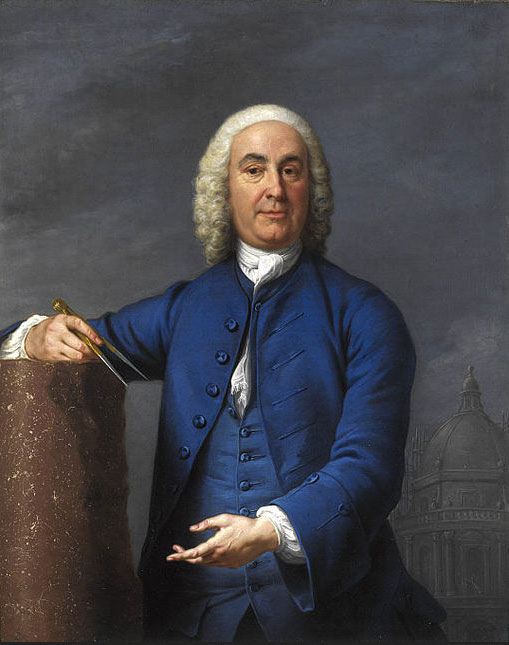
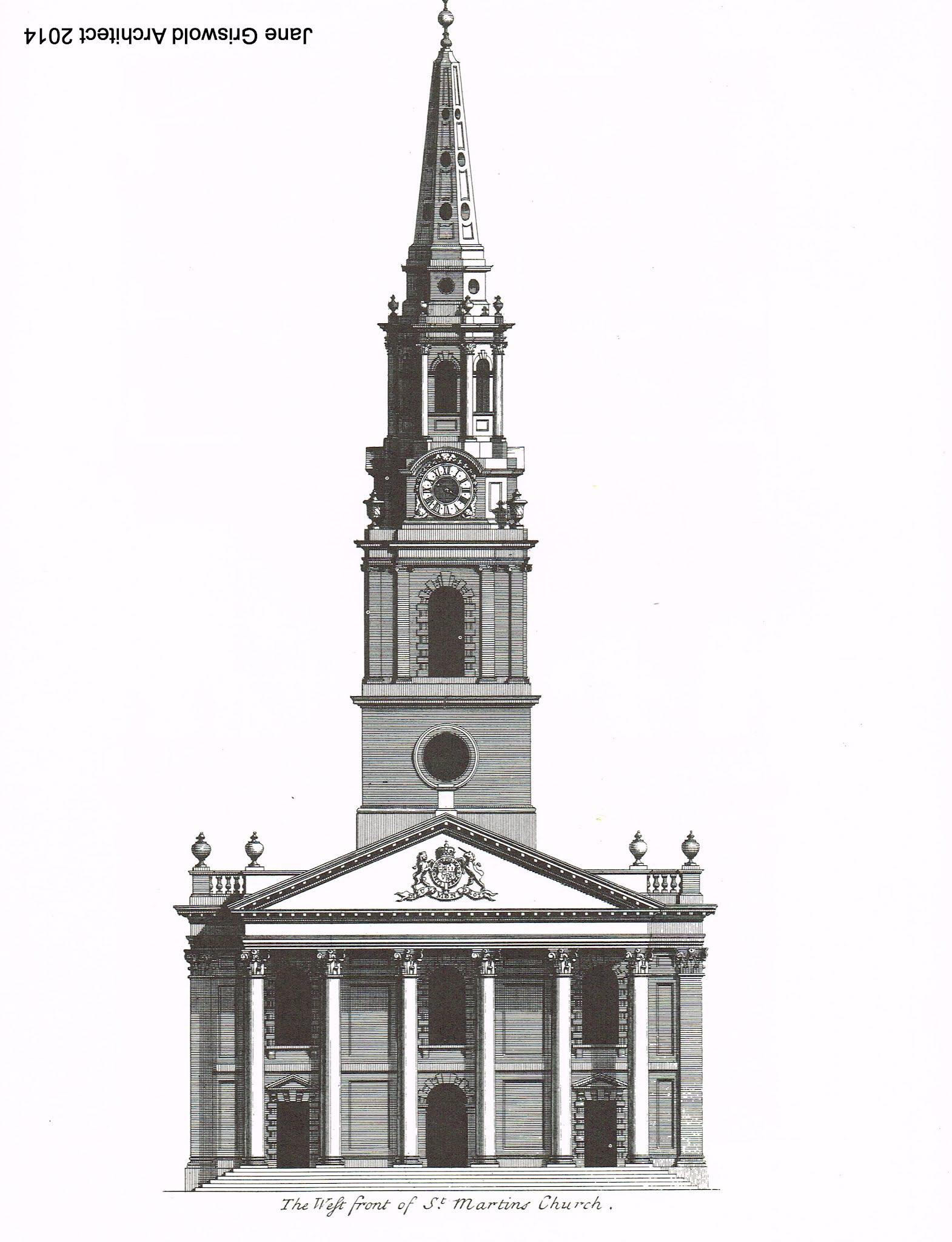




.jpg)


